School of Public Health
UN Sustainable Development Goals

The University of Memphis School of Public Health support(s) the Sustainable Development Goals
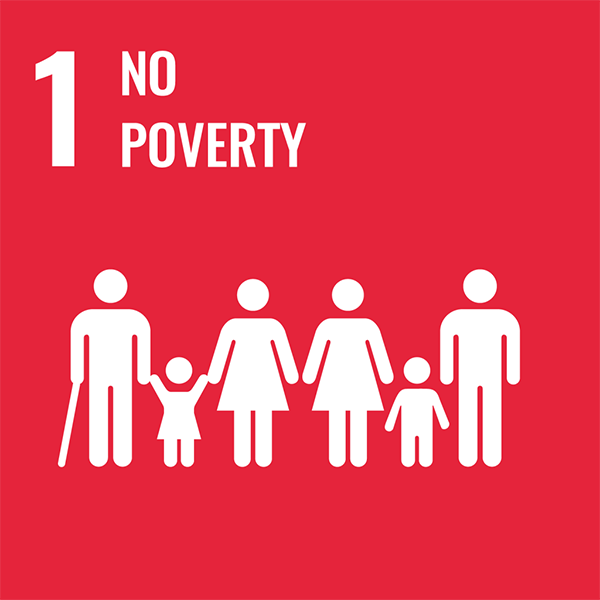
Goal 1: No Poverty
About SDG 1
Sustainable Development Goal 1 (SDG 1), established by the United Nations, focuses on ending poverty in all its forms everywhere. The goal aims to ensure that all individuals, especially those most vulnerable, have access to essential resources and opportunities for economic stability and resilience.
Key Indicators of SDG 1
- Eradicating Extreme Poverty: Ensuring that people live on more than $1.25 per day.
- Access to Resources: Securing access to basic services like healthcare, education, and clean water.
- Social Protection Systems: Expanding social safety nets for those in need, including the elderly, unemployed, and marginalized groups.
- Building Resilience: Reducing the impact of climate change and economic shocks on low-income populations.
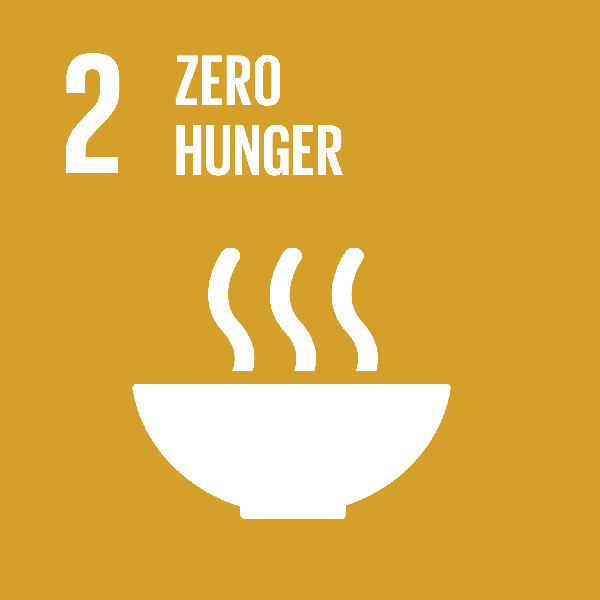
Goal 2: Zero Hunger
About SDG 2
Sustainable Development Goal 2 (SDG 2) aims to end hunger, achieve food security, improve nutrition, and promote sustainable agriculture. The focus is on ensuring that everyone has access to sufficient, safe, and nutritious food throughout the year.
Key Indicators of SDG 2
- Zero Hunger: Reducing the number of people suffering from hunger.
- Food Security: Improving food availability, accessibility, and utilization.
- Sustainable Agriculture: Promoting resilient farming practices to adapt to climate change and protect ecosystems.
- Nutrition Improvement: Reducing malnutrition and addressing dietary needs among children, pregnant women, and vulnerable groups.

Goal 3: Good Health and Well-Being
About SDG 3
Sustainable Development Goal 3 (SDG 3), established by the United Nations, focuses on ensuring healthy lives and promoting well-being for all ages. The goal emphasizes access to quality health services, reducing health disparities, and addressing global health challenges like pandemics, chronic diseases, and mental health.
Key Indicators of SDG 3
- Reducing Mortality: Lowering rates of maternal, neonatal, and child mortality.
- Combating Diseases: Reducing the impact of diseases such as AIDS, tuberculosis, malaria, and non-communicable diseases.
- Mental Health and Well-being: Addressing issues like suicide prevention, substance abuse, and promoting mental health awareness.
- Universal Health Coverage: Ensuring access to essential health services for everyone.
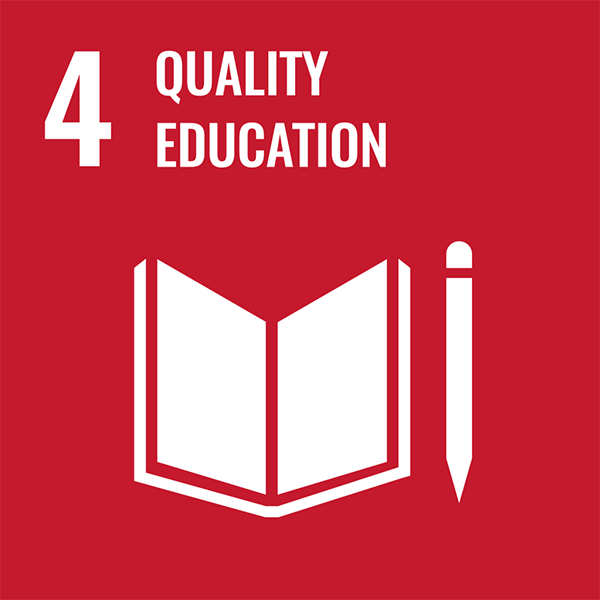
Goal 4: Quality Education
About SDG 4
Sustainable Development Goal 4 (SDG 4) is about ensuring inclusive and equitable quality education and promoting lifelong learning opportunities for all. It aims to eliminate disparities in access to education, ensuring that everyone has the skills needed for the future.
Key Indicators of SDG 4
- Quality Education Access: Improving school enrollment rates at all levels, particularly for marginalized populations.
- Learning Outcomes: Enhancing literacy, numeracy, and critical thinking skills.
- Gender Equality in Education: Ensuring equal opportunities for education regardless of gender.
- Skills Development: Promoting technical, vocational, and higher education that aligns with labor market needs.
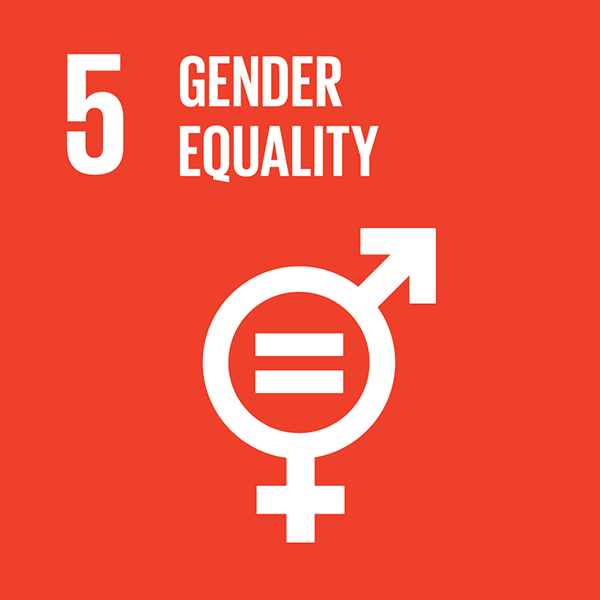
Goal 5: Gender Equality
About SDG 5
Sustainable Development Goal 5 (SDG 5) aims to achieve gender equality and empower all women and girls. It focuses on eliminating discrimination, violence, and inequalities while ensuring equal opportunities in all aspects of life.
Key Indicators of SDG 5
- Ending Violence Against Women: Reducing incidents of violence, exploitation, and human trafficking.
- Equal Participation: Increasing women's leadership in political, economic, and social sectors.
- Access to Education and Healthcare: Promoting equal access to education, reproductive health services, and economic resources.
- Eliminating Discrimination: Addressing discriminatory practices and policies against women and girls.
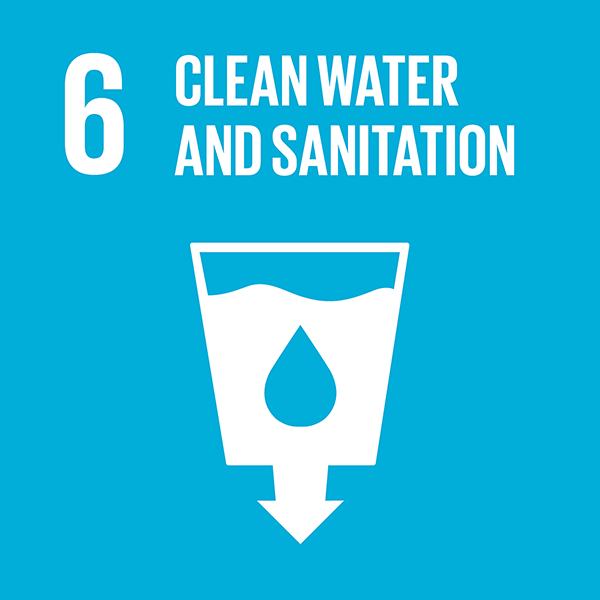
Goal 6: Clean Water and Sanitation
About SDG 6
Sustainable Development Goal 6 (SDG 6) focuses on ensuring the availability and sustainable management of water and sanitation for all. It aims to achieve universal access to safe and affordable drinking water, sanitation, and hygiene.
Key Indicators of SDG 6
- Access to Clean Water: Increasing access to safe drinking water.
- Sanitation and Hygiene: Ensuring equitable access to sanitation facilities and promoting hygiene practices.
- Water Quality Improvement: Reducing pollution and improving water-use efficiency.
- Ecosystem Protection: Safeguarding water-related ecosystems such as rivers, lakes, and wetlands.
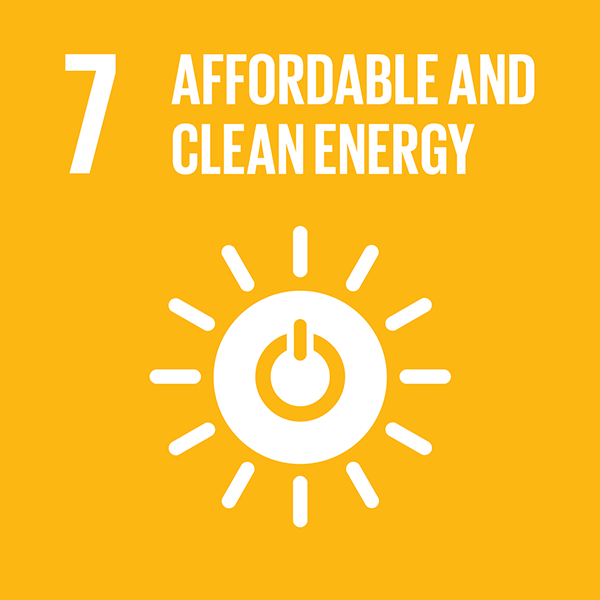
Goal 7: Affordable and Clean Energy
About SDG 7
Sustainable Development Goal 7 (SDG 7) focuses on ensuring access to affordable, reliable, sustainable, and modern energy for all. The goal aims to transition to renewable energy sources and improve energy efficiency.
Key Indicators of SDG 7
- Energy Access: Expanding access to electricity and clean cooking solutions.
- Renewable Energy Share: Increasing the proportion of renewable energy in the global energy mix.
- Energy Efficiency: Improving energy efficiency in various sectors.
- International Cooperation: Promoting technology transfer and investment in energy infrastructure.
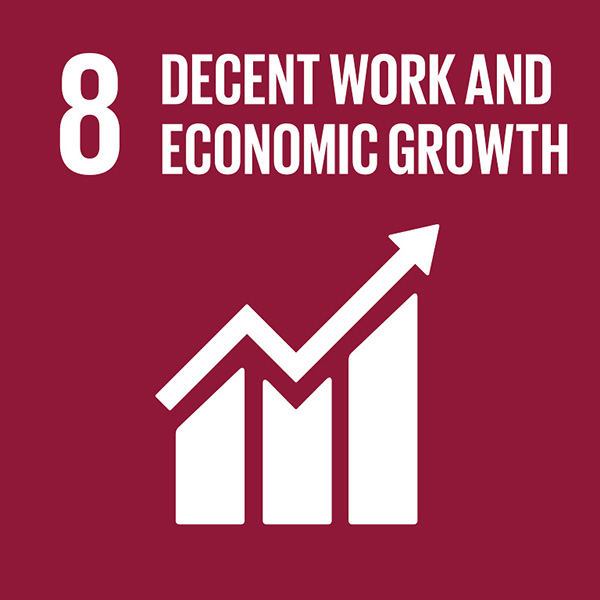
Goal 8: Decent Work and Economic Growth
About SDG 8
Sustainable Development Goal 8 (SDG 8) aims to promote sustained, inclusive, and sustainable economic growth, full and productive employment, and decent work for all. The focus is on fostering economic opportunities and reducing unemployment.
Key Indicators of SDG 8
- Economic Growth: Achieving higher levels of productivity and economic diversification.
- Decent Work for All: Ensuring equal pay, safe working conditions, and the elimination of child labor.
- Youth Employment: Reducing youth unemployment and increasing access to training.
- Support for Enterprises: Promoting small and medium-sized enterprises (SMEs) through access to financial services.
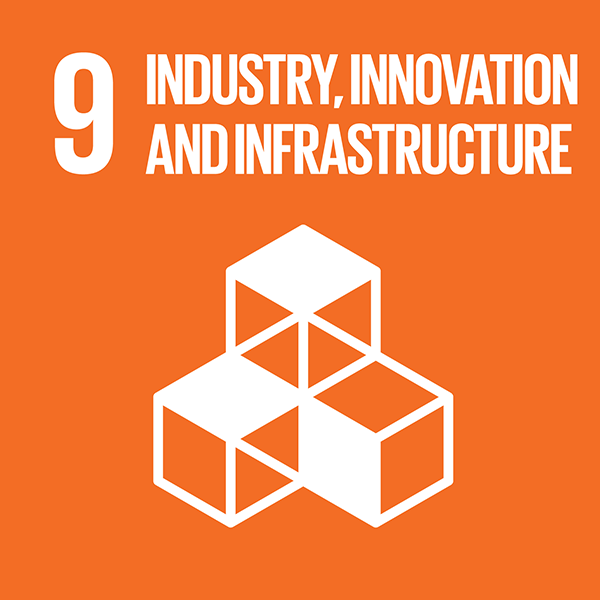
Goal 9: Industry, Innovation, and Infrastructure
About SDG 9
Sustainable Development Goal 9 (SDG 9) focuses on building resilient infrastructure, promoting inclusive and sustainable industrialization, and fostering innovation. It aims to support economic development while reducing environmental impacts.
Key Indicators of SDG 9
- Infrastructure Development: Improving access to transport, energy, and ICT infrastructure.
- Industrialization: Promoting sustainable industrial growth and value-added manufacturing.
- Innovation and R&D: Supporting research, development, and innovation to boost productivity.
- Sustainable Technologies: Expanding the use of environmentally friendly technologies.
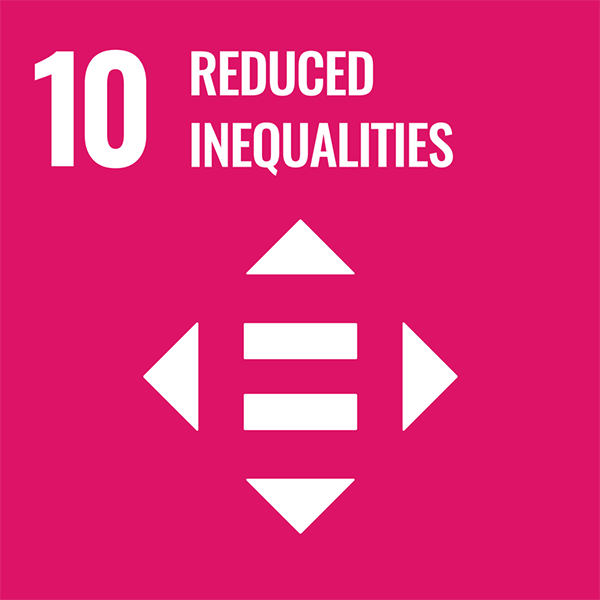
Goal 10: Reduced Inequality
About SDG 10
Sustainable Development Goal 10 (SDG 10) aims to reduce inequality within and among countries. It focuses on empowering the poorest and most marginalized, ensuring their access to opportunities.
Key Indicators of SDG 10
- Income Inequality Reduction: Ensuring equitable access to resources and opportunities.
- Social, Economic, and Political Inclusion: Promoting the inclusion of marginalized communities.
- Migration and Mobility: Ensuring safe and orderly migration.
- Addressing Discrimination: Combatting discrimination and disparities based on income, gender, ethnicity, or other statuses.
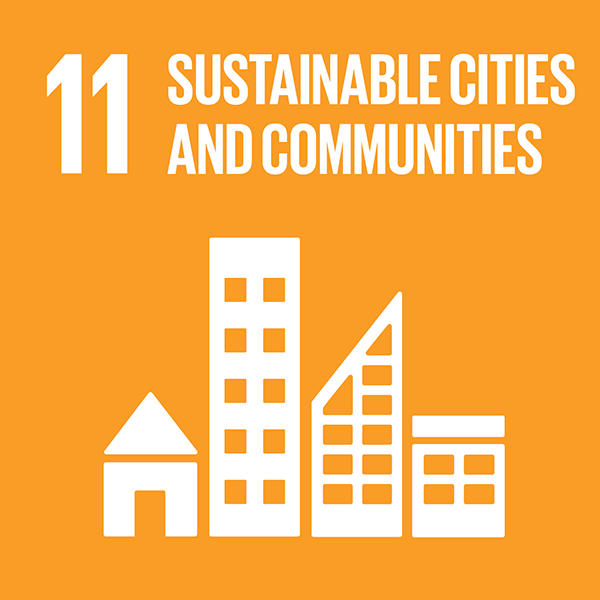
Goal 11: Sustainable Cities and Communities
About SDG 11
Sustainable Development Goal 11 (SDG 11) focuses on making cities inclusive, safe, resilient, and sustainable. It addresses urban challenges like housing, transportation, and environmental impact.
Key Indicators of SDG 11
- Affordable Housing: Increasing access to safe, affordable, and resilient housing.
- Sustainable Transport: Expanding access to public transportation.
- Urban Planning: Promoting sustainable urbanization and reducing environmental impact.
- Disaster Risk Reduction: Building resilience to natural disasters and climate-related events.

Goal 12: Responsible Consumption and Production
About SDG 12
Sustainable Development Goal 12 (SDG 12) aims to ensure sustainable consumption and production patterns. It emphasizes reducing waste and making efficient use of resources throughout production cycles.
Key Indicators of SDG 12
- Sustainable Resource Use: Improving the efficiency of natural resource use.
- Waste Reduction: Minimizing waste generation and promoting recycling and reuse.
- Corporate Sustainability: Encouraging businesses to adopt sustainable practices.
- Consumer Awareness: Raising awareness about sustainable lifestyles and reducing environmental footprints.
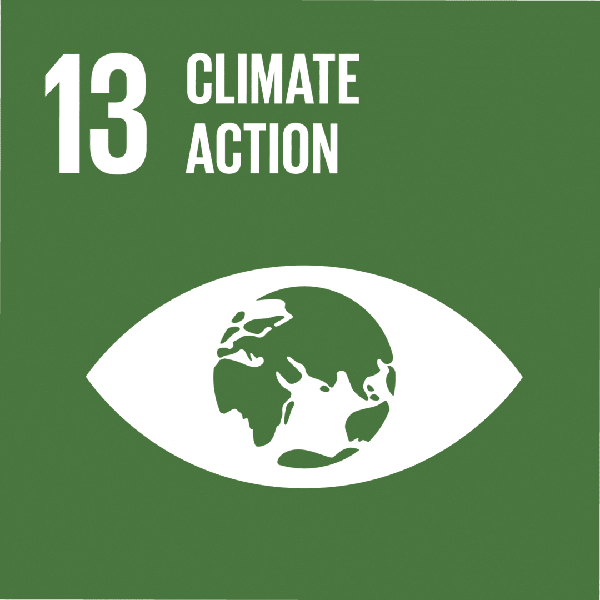
Goal 13: Climate Action
About SDG 13
Sustainable Development Goal 13 (SDG 13) calls for urgent action to combat climate change and its impacts. It focuses on reducing greenhouse gas emissions, increasing climate resilience, and promoting adaptation efforts.
Key Indicators of SDG 13
- Climate Resilience: Building resilience to climate-related hazards and natural disasters.
- Climate Adaptation Plans: Developing national strategies to address climate risks.
- Emissions Reduction: Reducing carbon footprints and transitioning to low-carbon economies.
- Global Cooperation: Promoting international collaboration to tackle climate challenges.

Goal 14: Life Below Water
About SDG 14
Sustainable Development Goal 14 (SDG 14) aims to conserve and sustainably use oceans, seas, and marine resources. It focuses on reducing marine pollution, protecting ecosystems, and supporting sustainable fishing practices.
Key Indicators of SDG 14
- Marine Pollution Reduction: Reducing plastic waste and chemical runoff into oceans.
- Sustainable Fishing: Managing and regulating fishing practices to prevent overfishing.
- Marine Ecosystems Protection: Safeguarding coastal and marine areas.
- Ocean Conservation: Promoting research and cooperation for ocean sustainability.
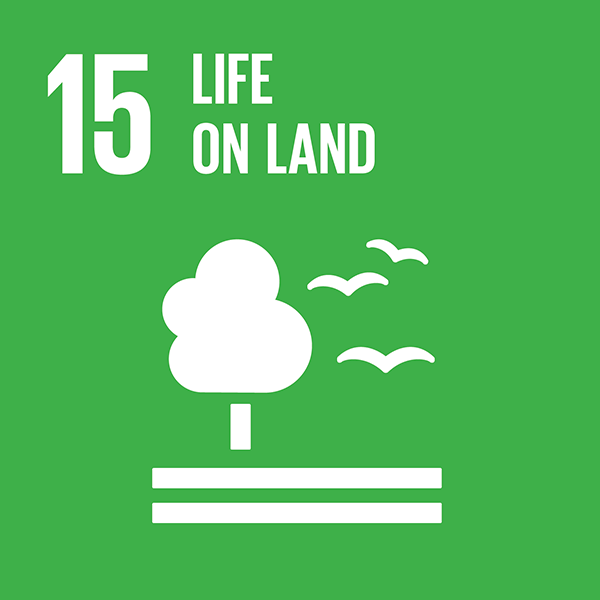
Goal 15: Life on Land
About SDG 15
Sustainable Development Goal 15 (SDG 15) focuses on protecting, restoring, and promoting sustainable use of terrestrial ecosystems. It aims to halt deforestation, combat desertification, and preserve biodiversity.
Key Indicators of SDG 15
- Forest Management: Reducing deforestation and increasing afforestation efforts.
- Biodiversity Conservation: Protecting endangered species and habitats.
- Combatting Desertification: Restoring degraded lands and soils.
- Sustainable Land Use: Promoting sustainable management of forests, wetlands, and mountains.
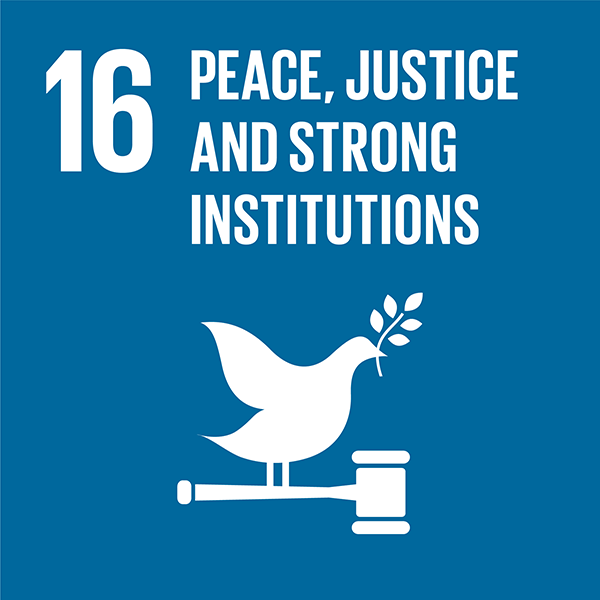
Goal 16: Peace, Justice, and Strong Institutions
About SDG 16
Sustainable Development Goal 16 (SDG 16) aims to promote peaceful and inclusive societies, provide access to justice for all, and build effective, accountable institutions. It addresses violence, corruption, and the rule of law.
Key Indicators of SDG 16
- Reducing Violence: Lowering rates of violence and violent deaths.
- Access to Justice: Ensuring fair legal systems and access to justice for all.
- Accountable Institutions: Promoting transparency, accountability, and combating corruption.
- Inclusive Decision-making: Ensuring participatory and inclusive governance.
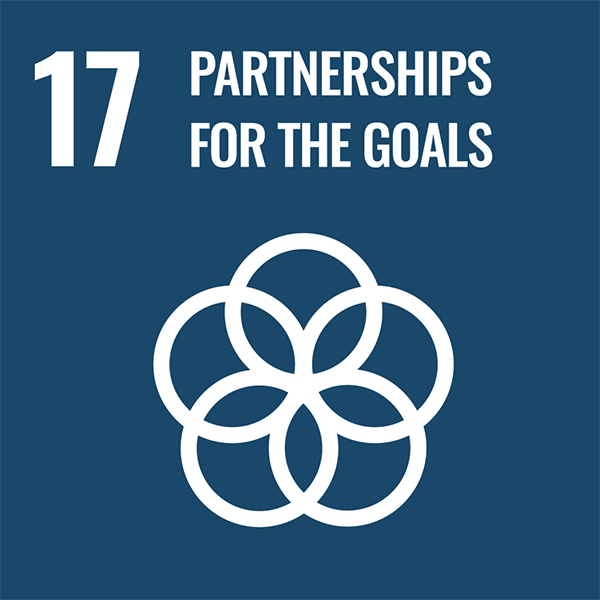
Goal 17: Partnerships for the Goals
About SDG 17
Sustainable Development Goal 17 (SDG 17) focuses on strengthening global partnerships to support the achievement of the Sustainable Development Goals. It emphasizes cooperation between governments, civil society, and the private sector.
Key Indicators of SDG 17
- Financial Resources: Increasing financial flows to developing countries.
- Technology Sharing: Promoting access to technology and innovation.
- Capacity Building: Supporting efforts to improve national data and monitoring systems.
- Trade and Policy Coherence: Encouraging fair trade practices and policy coherence for sustainable development.

